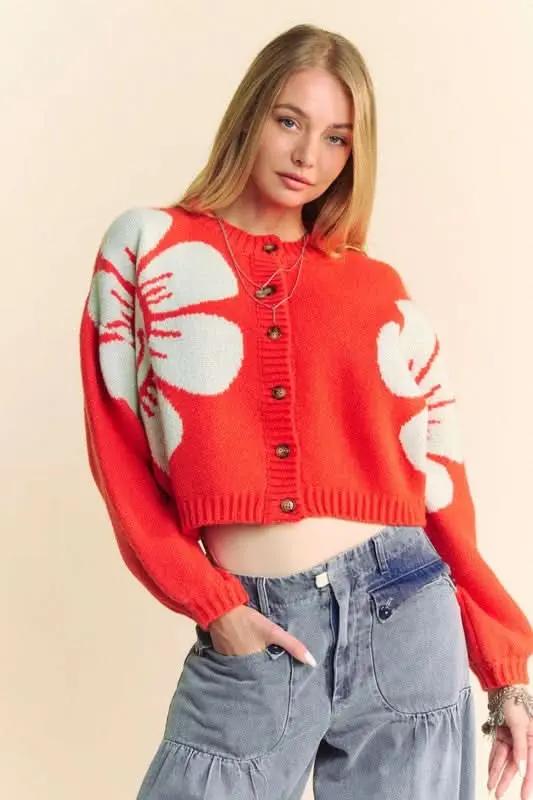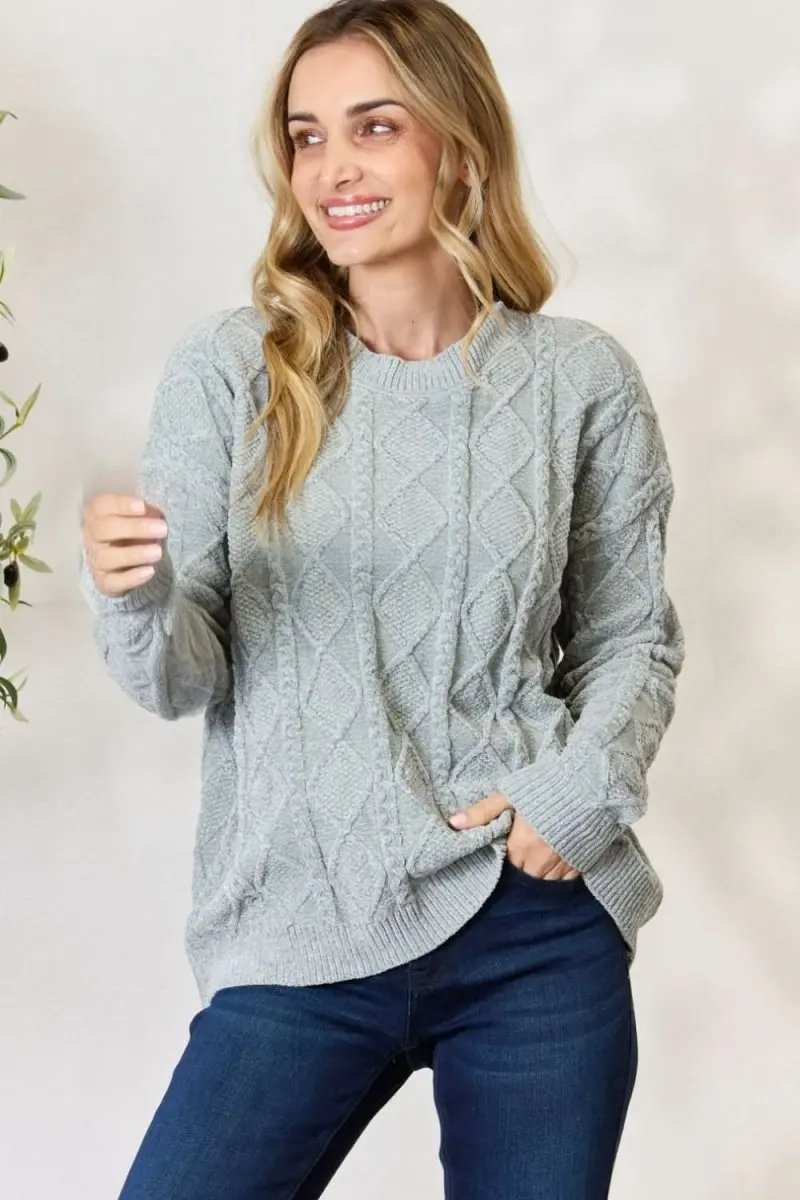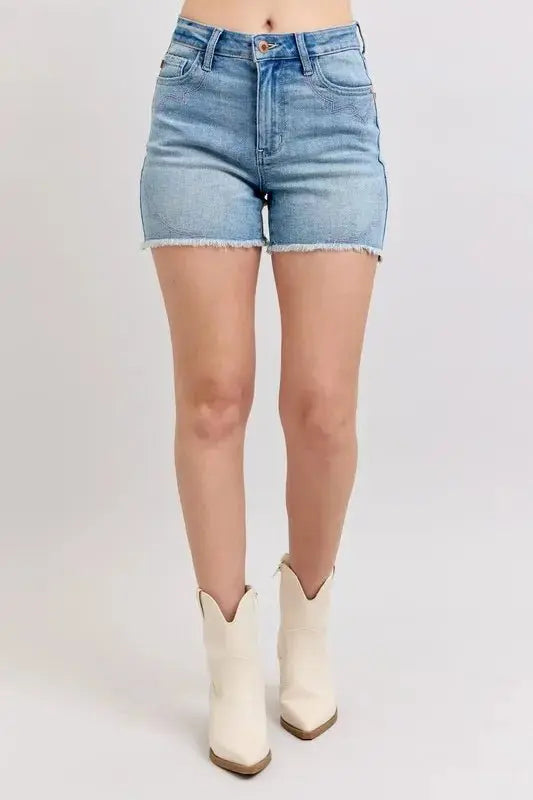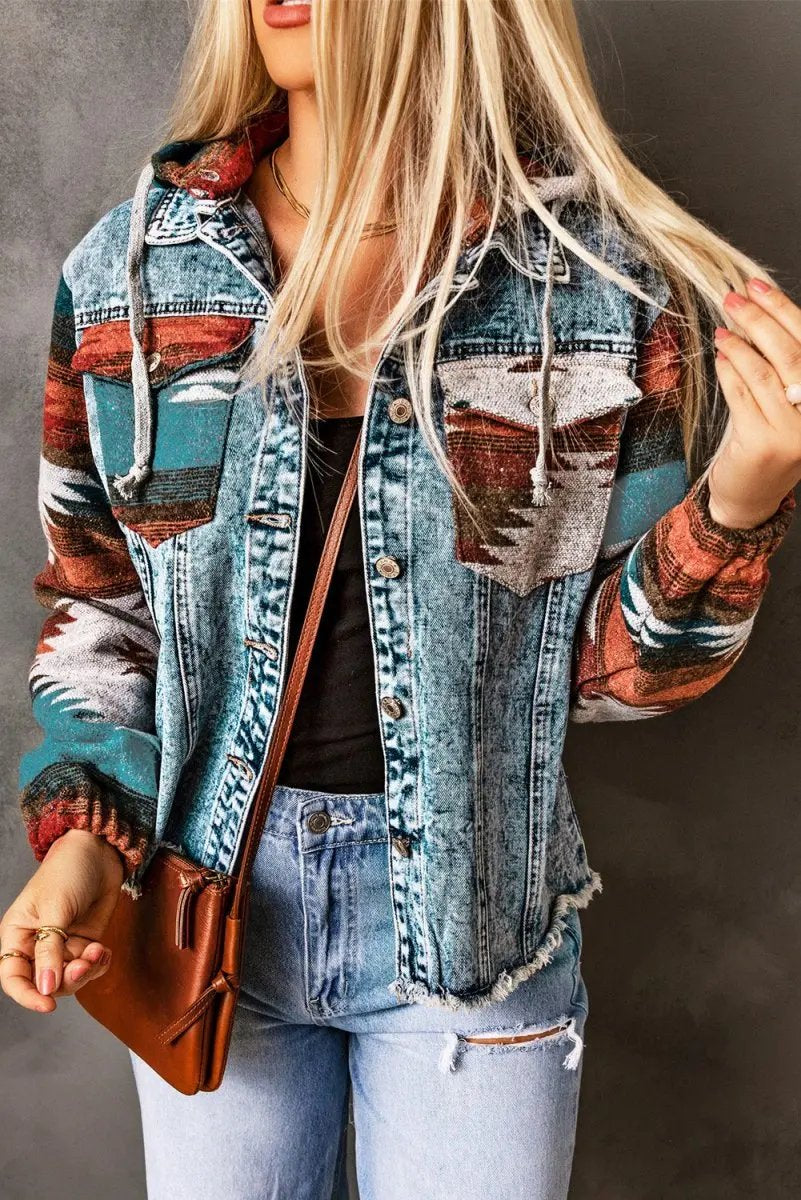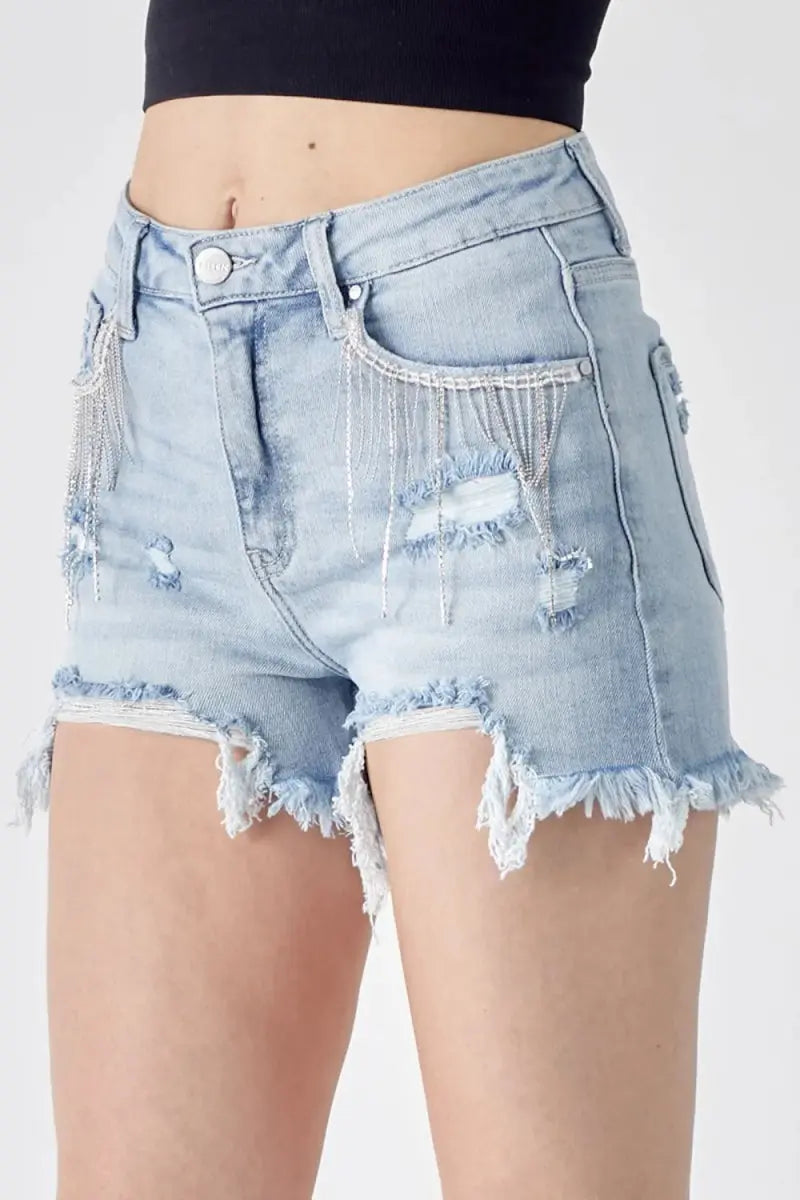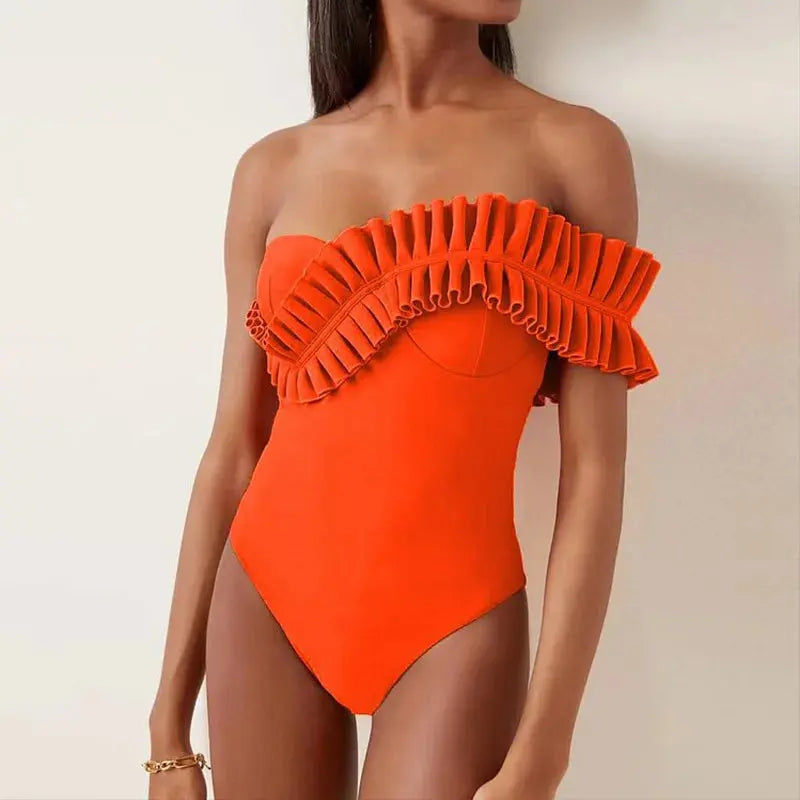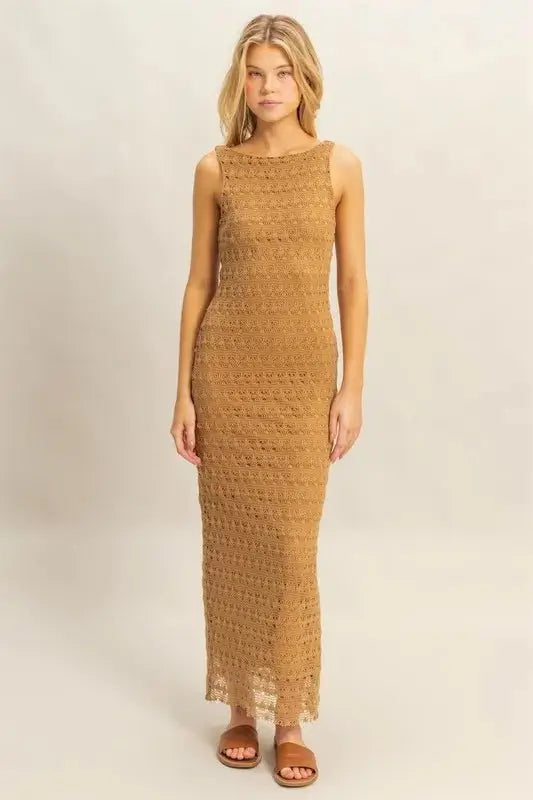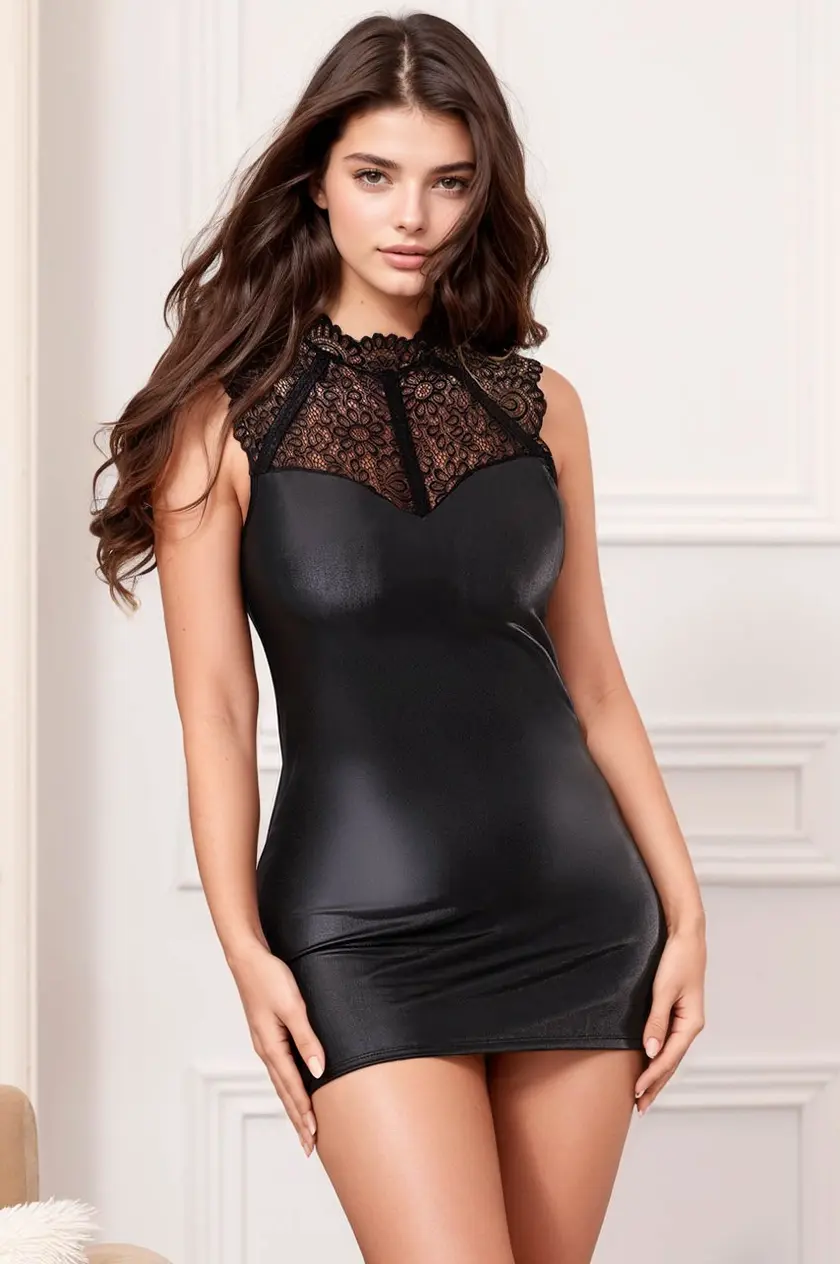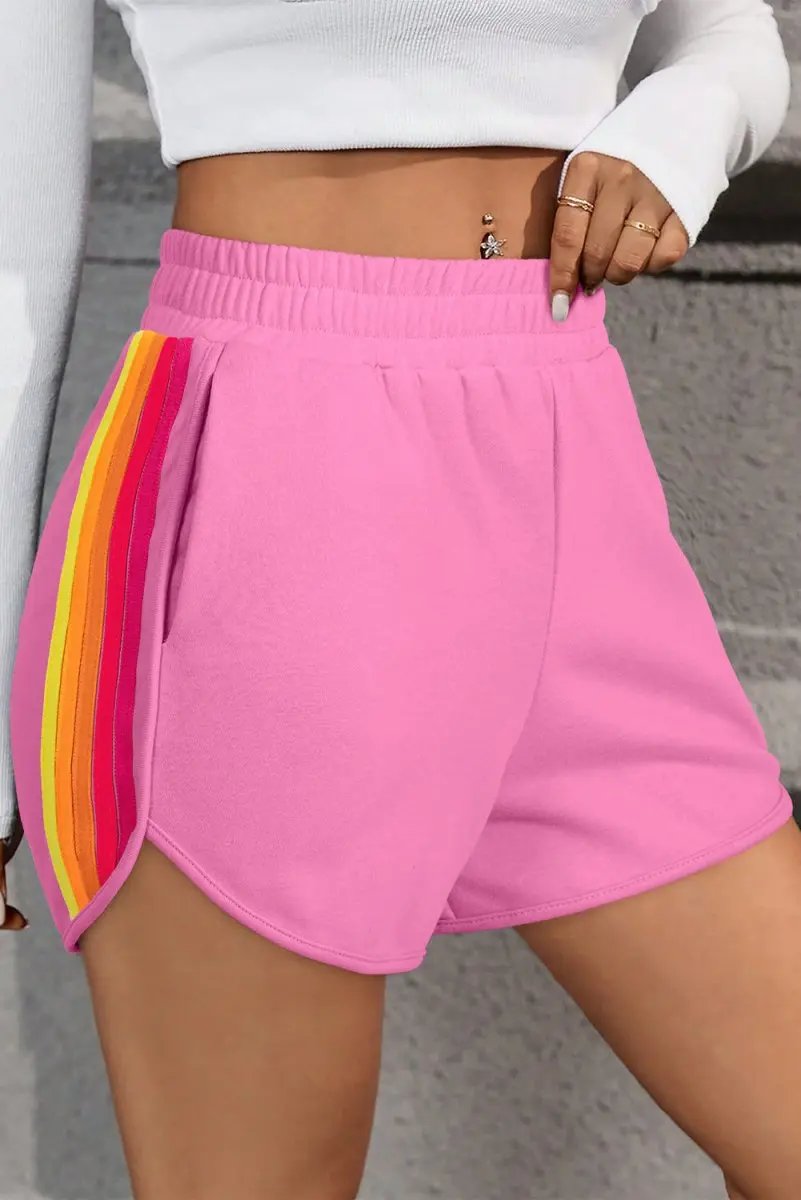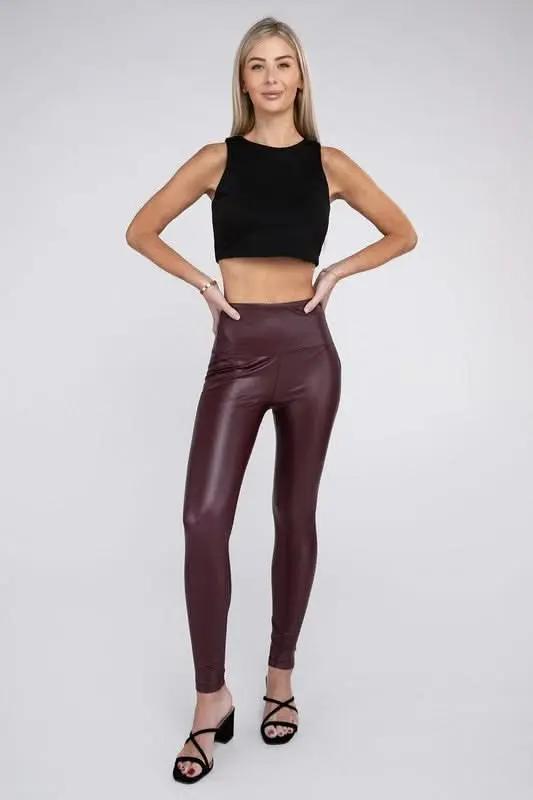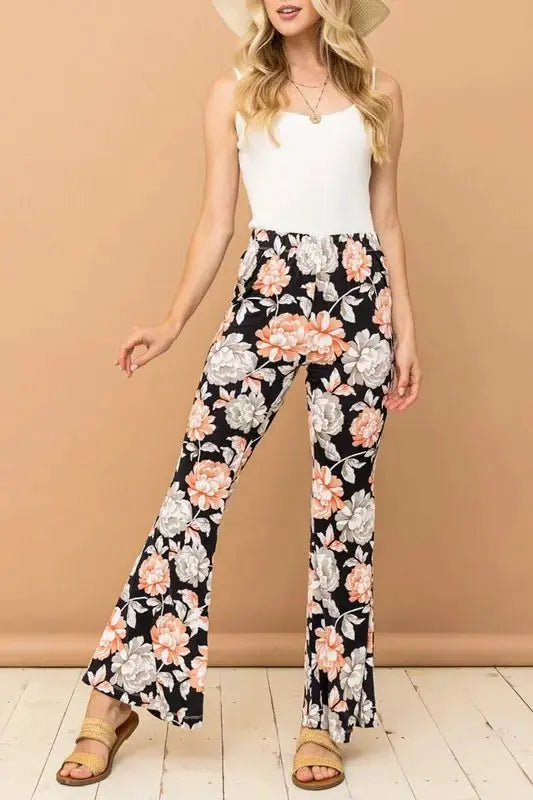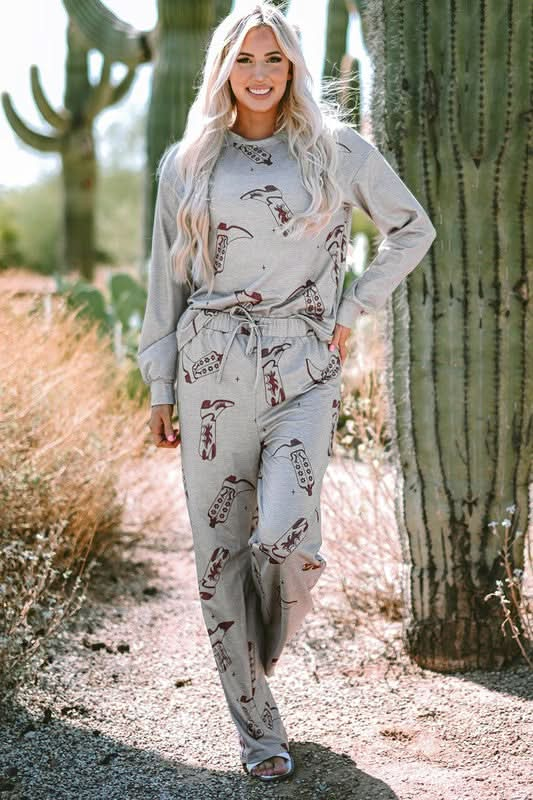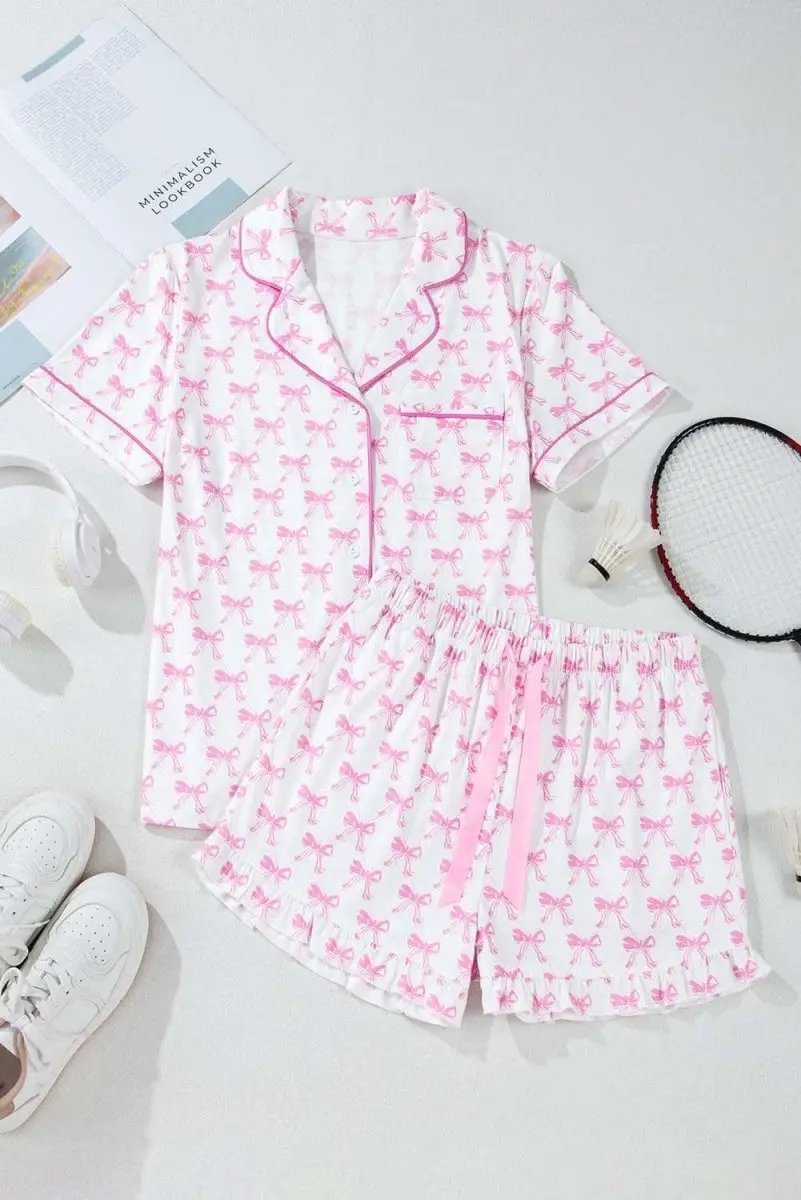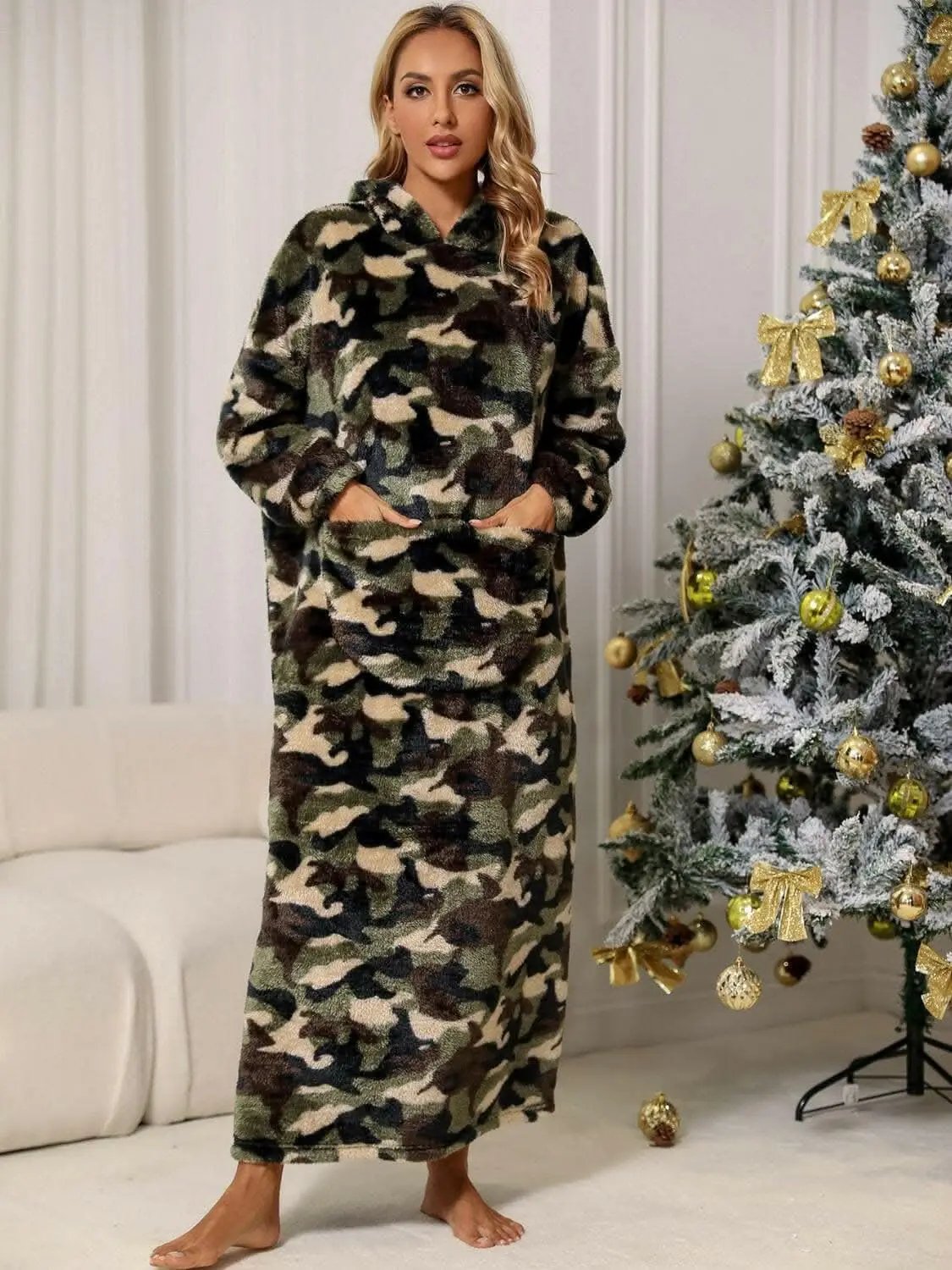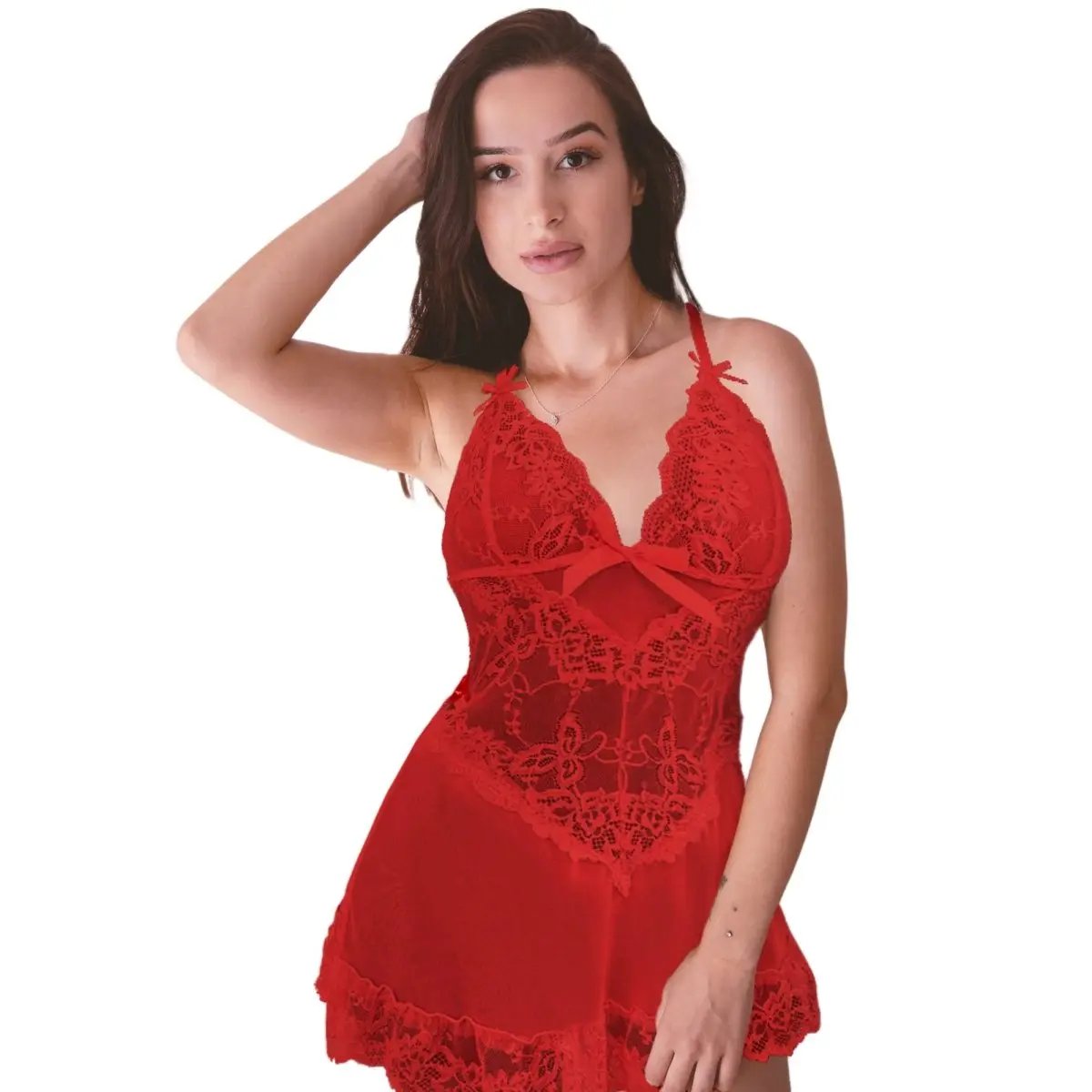Introduction
As we navigate through 2025, the fashion industry is experiencing a transformative era driven by a dual commitment to sustainability and inclusivity. Consumers are increasingly demanding products that not only make them look good but also align with their values of environmental responsibility and social equity. Among the most significant developments is the rise of eco-conscious materials, which are revolutionizing plus-size fashion. These materials are empowering designers to create beautiful, comfortable, and sustainable garments that embrace body diversity. This article delves deep into the profound impact of eco-friendly fabrics on plus-size fashion, exploring current trends, benefits, challenges, and the future outlook of this exciting movement.
The Surge of Eco-Conscious Materials in the Fashion Industry
Environmental concerns such as climate change, pollution, and resource depletion have pushed the fashion industry toward sustainable practices. Eco-conscious materials—sourced, processed, and manufactured with minimal environmental impact—have become integral to this shift. Key fabrics leading the way include organic cotton, Tencel (lyocell), hemp, recycled polyester, Piñatex, and upcycled textiles. These materials are characterized by their biodegradability, reduced water and chemical use, and decreased carbon emissions. Moreover, technological innovations have made eco-fabrics more versatile, affordable, and accessible than ever before.
Driving Factors Behind Eco-Friendly Materials in Plus-Size Fashion
The intersection of sustainability and inclusivity has created unique opportunities for the plus-size fashion segment. Major factors influencing this trend include:
- Consumer Demand for Ethical Clothing: Modern shoppers are more informed and prefer brands that prioritize environmental stewardship and social justice.
- Body Positivity and Diversity Movements: The push for body inclusion inspires brands to design fashion that celebrates all sizes, made with sustainable fabrics that offer comfort and style.
- Regulatory and Industry Standards: Governments and industry groups are enforcing stricter eco-labeling requirements and sustainability certifications, encouraging brands to adopt eco-materials.
- Economic Incentives and Innovation: As demand rises, economies of scale are reducing costs, encouraging more brands to incorporate eco-conscious fabrics into their collections.
The Role of Eco-Conscious Materials in Shaping 2025 Plus-Size Fashion Trends
1. Promoting Comfort and Wearability
Natural fabrics like organic cotton and Tencel are inherently breathable, soft, and stretchy, making them ideal for plus-size clothing that requires comfort and flexibility. These materials accommodate diverse body shapes and promote confidence, fostering a positive body image.
2. Encouraging Inclusive, Innovative Designs
Eco-friendly fabrics open doors to creative freedom, allowing designers to experiment with textures, colors, and silhouettes. This leads to vibrant, inclusive collections that challenge traditional beauty standards and celebrate diversity.
3. Emphasizing Durability and Longevity
Unlike fast fashion, eco-materials prioritize durability and reparability. This encourages consumers to invest in high-quality garments that last longer, supporting sustainable consumption patterns and reducing waste.
4. Facilitating Sustainable Production and Supply Chains
Brands leveraging eco-materials often employ transparent, ethical supply chains, ensuring fair wages and safe working environments. This approach aligns with the broader movement toward social responsibility in fashion.
Major Trends in Eco-Friendly Plus-Size Fashion for 2025
- Colorful and Natural Aesthetic: Eco-dyes and natural fibers foster collections featuring bold, earthy tones and textured finishes that celebrate diverse beauty
- Upcycled and Recycled Textiles: Creative reuse of fabrics and garments leads to unique, limited-edition pieces that reduce waste while offering exclusive styles.
- Sustainable Collaborations and Capsule Collections: Partnerships between eco-material suppliers and plus-size designers create innovative lines that prioritize both style and responsibility.
- Functionality and Versatility: Pieces designed for everyday wear—such as adaptable stretch fabrics and multi-season apparel—support sustainable lifestyles.
- Technology-Driven Fabric Innovations: Development of plant-based, biodegradable, and renewable fibers introduces new possibilities for inclusive fashion.
Environmental and Social Advantages of Eco-Conscious Plus-Size Fashion
- Lower Carbon Footprint: Transitioning to eco-fabrics significantly reduces greenhouse gas emissions, supporting efforts against climate change.
- Conservation of Water and Chemicals: Organic and natural fibers require fewer resources and eliminate harmful chemicals, safeguarding ecosystems and communities.
- Empowerment of Marginalized Populations: Ethical supply chains ensure fair wages and working conditions for marginalized workers involved in fabric production.
- Enhanced Consumer Autonomy: Knowledgeable shoppers are inspired to make more conscious choices, fostering a culture of responsibility.
Challenges Facing Eco-Conscious Plus-Size Fashion
Despite promising trends, several obstacles hinder full-scale adoption of eco-materials in plus-size fashion:
- Higher Production Costs: Sustainable fabrics often cost more, which can translate into higher retail prices, potentially limiting accessibility for some consumers.
- Limited Supply and Availability: Not all eco-fabrics are produced at scale yet, which may restrict design options and inventory management.
- Consumer Education: There is a need for increased awareness regarding the benefits and authenticity of eco-friendly fashion to combat greenwashing.
- Balancing Style, Sustainability, and Price: Achieving a perfect harmony among these factors remains a complex challenge for brands.
Future Outlook of Eco-Conscious Plus-Size Fashion in 2025 and Beyond
Looking ahead, the momentum behind eco-conscious materials is expected to strengthen, driven by technological advancements, shifting consumer values, and stricter regulations. Innovations like lab-grown textiles, regenerative farming, and bio-based polymers will further expand options for inclusive and sustainable fashion. Additionally, greater industry collaboration, transparency, and consumer activism will accelerate the adoption of eco-friendly practices, making sustainable plus-size fashion more accessible, affordable, and diverse.
Conclusion
The integration of eco-conscious materials into plus-size fashion in 2025 marks a pivotal evolution toward a more responsible and inclusive industry. These fabrics empower designers to craft garments that celebrate diversity, prioritize comfort, and minimize environmental impact. While challenges remain, ongoing innovations and rising consumer consciousness indicate a promising future where fashion, sustainability, and body positivity coexist harmoniously. By supporting brands committed to eco-friendly practices, consumers play a vital role in shaping a more sustainable and inclusive fashion landscape for generations to come.
